Column
Filter by Process Zone:
FABTECH 2023 – 3D/Additive Manufacturing, Forming & Fabricating

Hall A: 3D/Additive Manufacturing, Forming & Fabricating of FABTECH 2023, North America’s largest metal forming, fabricating, welding and finishing event.
FABTECH 2023-“Driving Manufacturing Forward”

FABTECH Heads to Chicago’s McCormick Place from September 11-14!
Improved Waste Stream Processing Can Help Your Operation Avoid Environmental Compliance Penalties

Metalworking operations can expect to face stricter environmental regulations in the coming years. Is your waste stream management compliant and sustainable?
How to Optimize Aluminum Grinding and Cutting
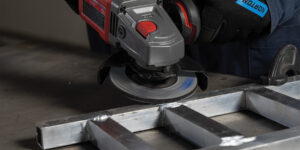
A perspective on aluminum’s growing role in our world and why it is important to know your abrasives options and how to apply them.
Sizing Up the Right Tool Holder
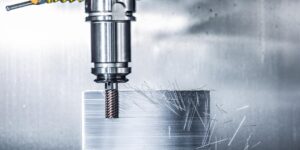
Applications dictate the perfect fit and prevent costly problems down the road.
MIG Welding FAQ: Best Practices for MIG Success

Tips to troubleshooting a few common MIG welding issues will help operations improve productivity and quality, as well as reduce downtime.
Five Ways to Modernize Your Manufacturing Purchasing
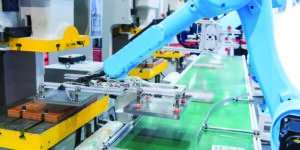
When you modernize a shop’s purchasing process, buyers and customers, and more importantly — your bottom line — will celebrate the results.
Sheet Metal Knowledge at the Push of a Button

Potential recognition, feasibility check and part optimization for sheet metal processing.
3D Printed Metals are Boosting Sustainability at Scale
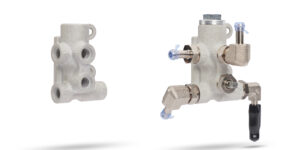
Look across the lifecycle of a product to determine where the design fits into the bigger picture of making resilient products and moving towards a circular economy.
Cobots as Flexible Fab Shop Tools

The future for cobots is exciting. There are developments on further improvements with usability and programming that implement artificial intelligence.
Technology is a Hiring Perk for the Metalworking Industry
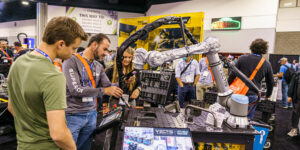
Wide-ranging automation and robotics resources and expertise take center stage at FABTECH 2023.
Cutting-edge Advances Bring About High Quality, Clean Edges
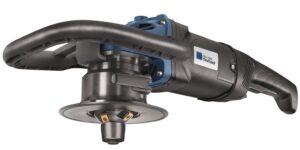
The high-quality seams produced by bevellers and uniform notches produced by notching equipment mean fewer errors and less rework.



